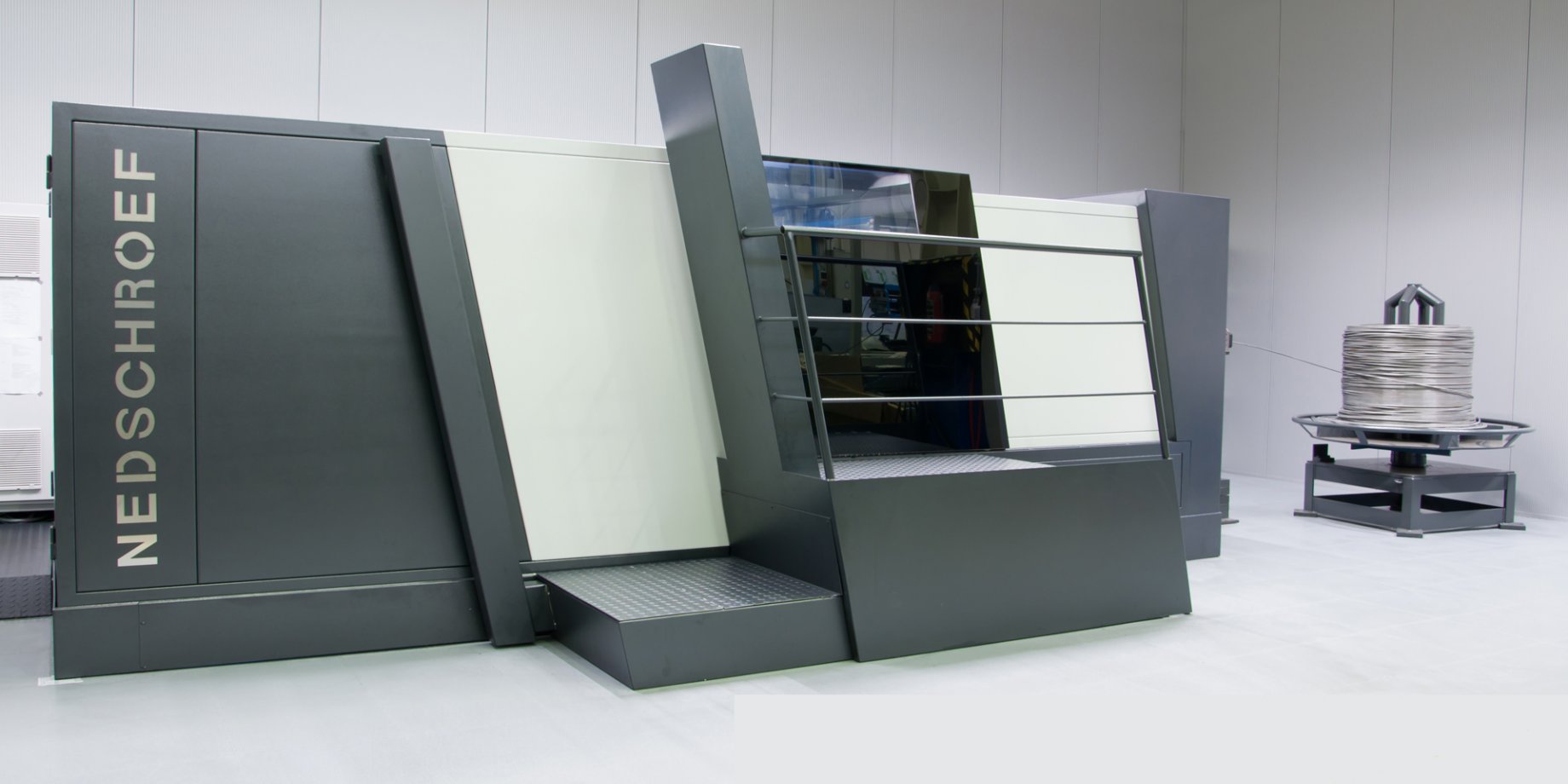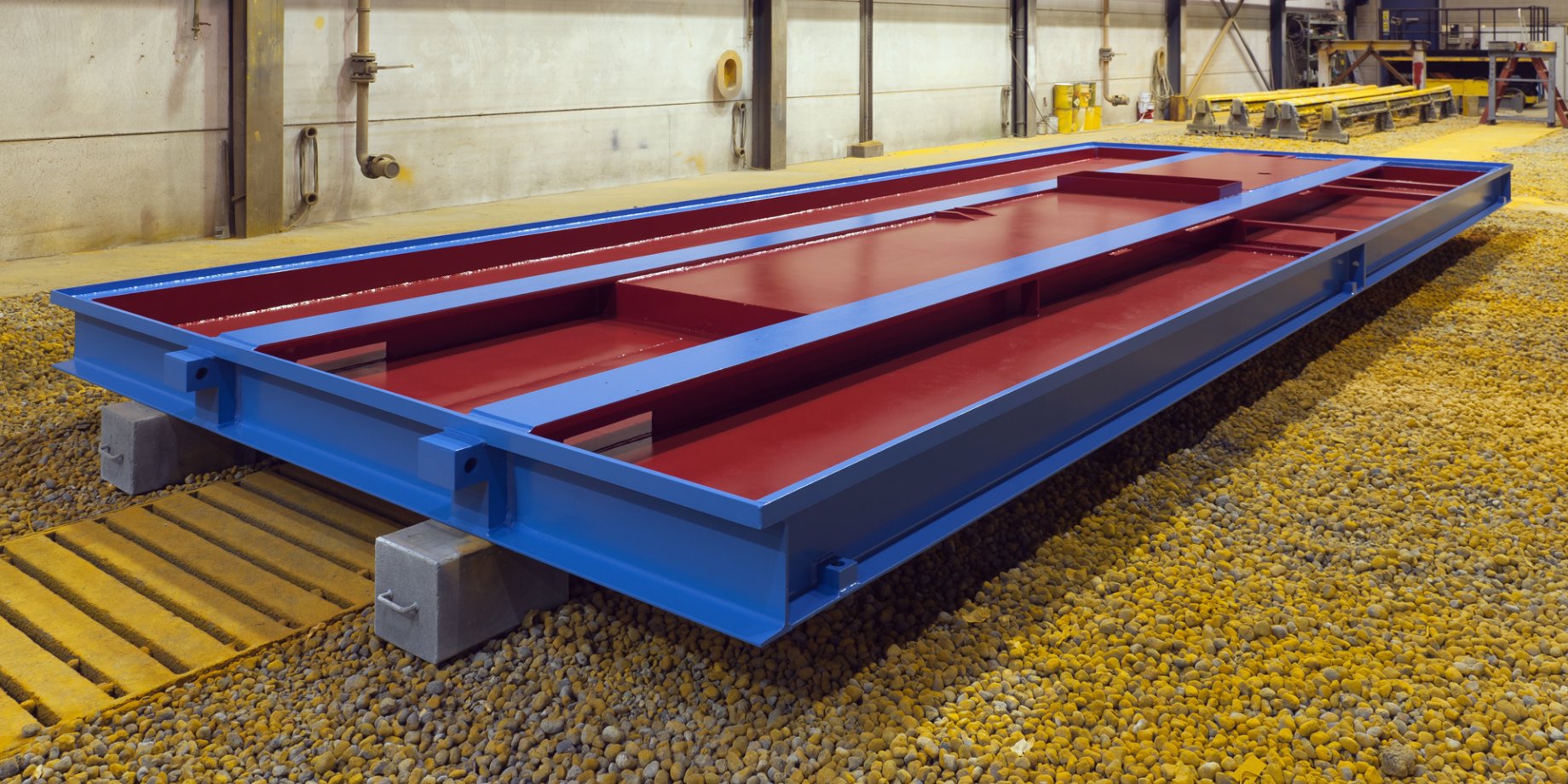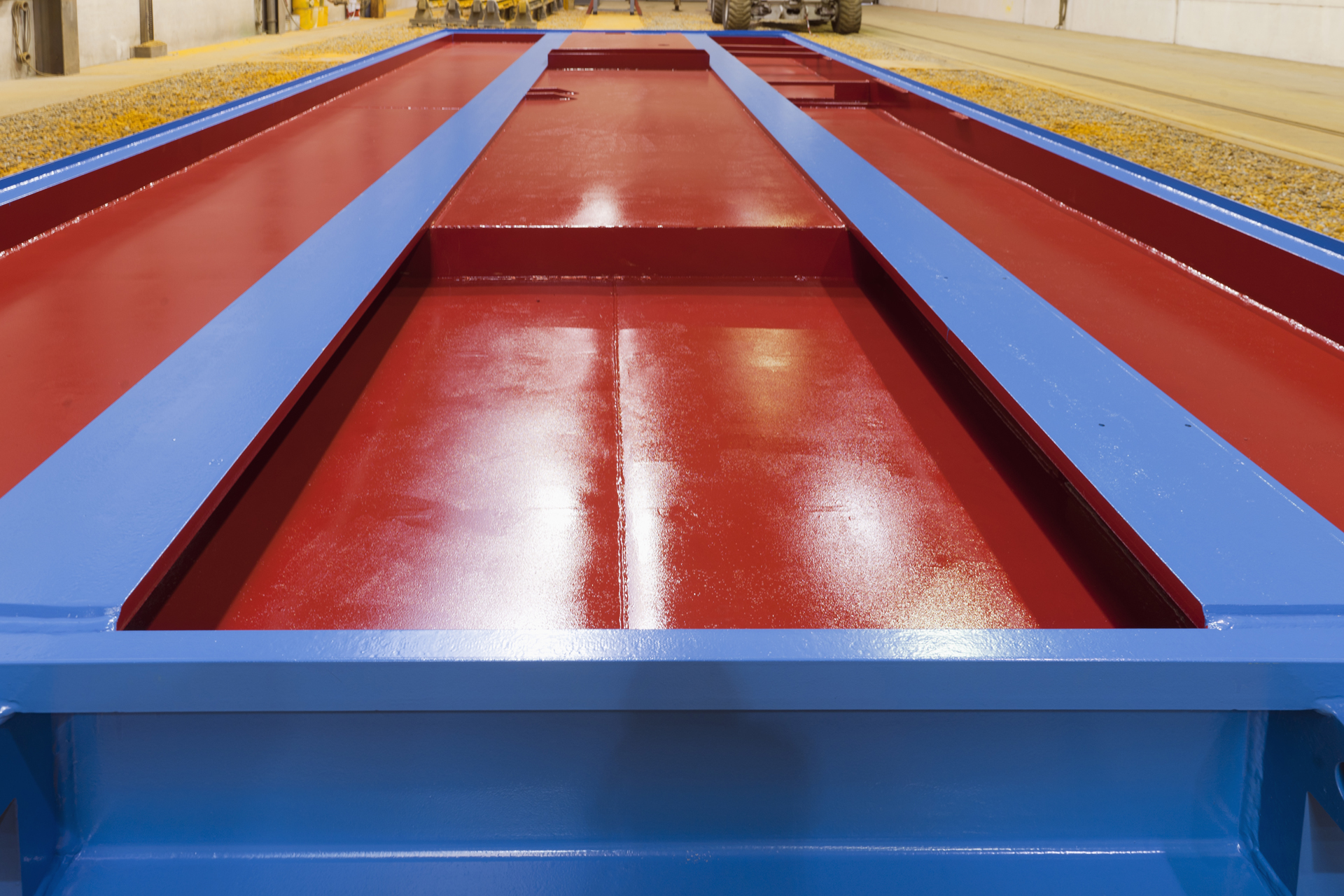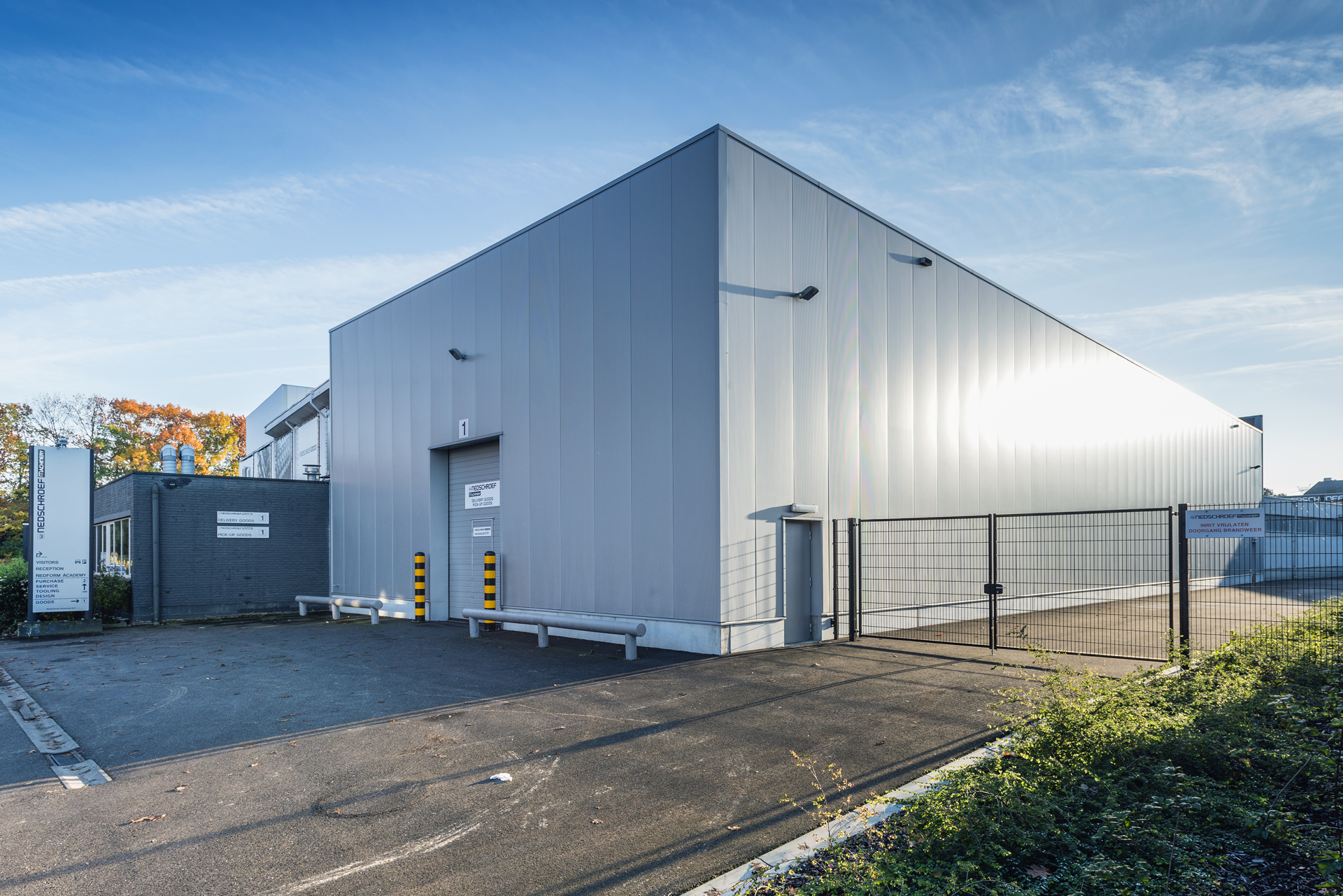Almost all the bolts, screws and furniture fixings one finds at DIY-stores all over the world are made using traditional metal-removing techniques such as turning and moulding. Due to labour and material costs, an increasing number of manufactures switch from traditional metal removing techniques to cold forging or a combination of the two techniques, especially when it comes to producing more complex fasteners such as those used in the automotive industry.
High-precision complex metal objects
“Cold forging means deforming a simple piece of metal until it has exactly the required shape,” explains Peter Janssen. “It’s a very versatile technique, enabling us to produce almost any object imaginable, including complex high-precision elements such as cogwheels and screw threads. Starting from a simple metal cylinder it requires four to six deformation stages to produce the fastener, depending on the complexity of the target object.”
An additional advantage of cold forging compared to traditional methods is speed. Peter Janssen: “These machines have an output speed ranging from 75 pieces/min to 300 pieces/min where conventional machining may take several minutes for one part. In addition, during the cold forging process the material gains in strength. And finally, cold forging produces no waste such as the metal chips coming from conventional machining. The forged part has exactly the same weight as the initial cylinder. In large quantities this means a substantial saving on material costs.”





